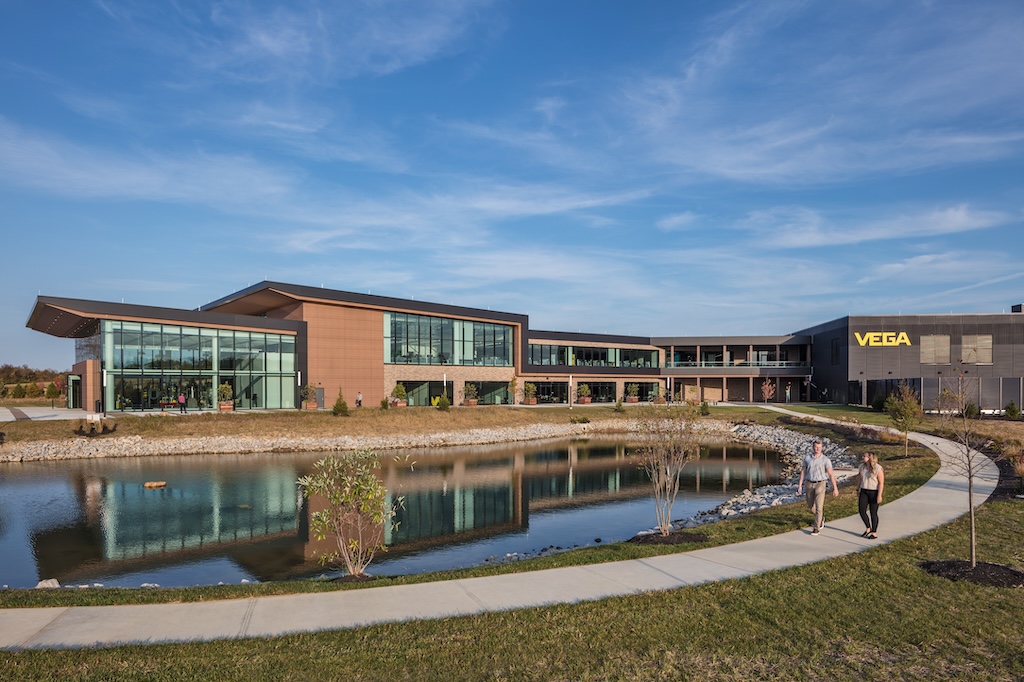When the word “Lean” is mentioned, what thoughts are typically brought to mind? Is it to be able to do more with less? Downsizing? Cost reductions? If so, then the true meaning of “Lean” is missed. If an organization is considered to be Lean, it operates with minimum of waste.
When the word “Lean” is mentioned, what thoughts are typically brought to mind? Is it to be able to do more with less? Downsizing? Cost reductions? If so, then the true meaning of “Lean” is missed.
If an organization is considered to be Lean, it operates with minimum of waste. A Lean organization has high levels of productivity and efficiency. A complete discussion of Lean would be impossible in the space allocated to this article; however, the basics of Lean include the elimination of three main types of waste. These are:
-
Any activity that does not add value
-
Waste due to variation
-
Waste caused by overstressing people, equipment, or systems
-
While most organizational Lean initiatives focus on the production process, an increasing number of Lean initiatives are focusing on the maintenance and reliability functions within a company. How does Lean apply to maintenance? In this column, the Lean focus will be on maintenance activities that do not add value.
Basic Lean initiatives in maintenance
Since Lean focuses on elimination of the three types of waste, examining the types of waste and their impact on maintenance is critical to understanding Lean Maintenance. For example, what maintenance activities do not add value to the maintenance business? There are many examples where maintenance labor resources are underutilized.
For example, the typical wrench time for a reactive maintenance organization is approximately 20%. “best in class” companies average 60%. This highlights that most companies are engaging in non-value added activities in their maintenance organizations. If these were eliminated, then maintenance labor productivity would increase. While some organizations may try to use this additional productivity as an excuse to attempt to downsize, first consider some other areas of waste reduction.
Overtime in a proactive maintenance organization should be less than 5%. If an organization has a higher overtime percentage, is it possible to perform the overtime activities with resources that are now available at a straight time rate? In most companies that can be accomplished. It reduces the percentage of maintenance activities currently being performed at a premium rate.
Also, consider the amount of work that is now being performed by outside contractors. With the resources now available from improving the productivity of the existing workforce, is it possible to reduce the expenditures for outside contractors. Many companies have found that with higher levels of maintenance productivity, they are now able to perform work previously contracted out more economically than their contractors.
Is it possible that a company has too many maintenance personnel once they have implemented Lean maintenance initiatives? Perhaps; however, implementing Lean maintenance initiatives, such as preventive maintenance, effective planning and scheduling programs, and higher levels of workforce training will take time to accomplish. It is also likely that during this time that there will be some work force attrition that will assist in reducing (or eliminating) any forced dismissals.
Focus on procurement, downtime
A second area of waste identified in a Lean maintenance initiative is the maintenance, repair, and overhaul (MRO) inventory and purchasing functions. A typical maintenance budget averages 50% labor and 50% materials (although a 60%-40% split either way is acceptable). The MRO costs for many companies run into the millions of dollars.
Yet studies have shown that companies that implement “best in class” MRO inventory and purchasing policies and procedures can reduce this cost by as much as 20%. Typical wastes that can be eliminated include:
-
Elimination of redundant stock items
-
Elimination of spares for decommissioned equipment
-
Consolidation of orders into multiple line item purchase orders
-
In addition, there is elimination of equipment downtime due to stock outages of spare parts. This type of downtime also impacts the ability of a company to implement Lean manufacturing practices, since additional work in process (WIP) will be required to smooth production flows.
A third area of waste is energy losses. Depending on the survey that is utilized, well maintained equipment will require between 6% to 11% less energy to operate than poorly maintained equipment. Consider how much energy is wasted by:
-
Heat exchangers and coolers not cleaned at the proper frequency
-
HVAC systems that are not properly tuned
-
Boilers that are not properly trimmed
-
Hydraulic systems, where the unloading and relief valve are not properly adjusted
-
Improperly aligned couplings
-
The list could go on. However, what if the energy consumption at a plant or facility could be reduced by 5%? How much of an expense saving would that be for the company?
In considering the impact that eliminating the first of the wastes identified in a Lean initiative would have on a company’s profitability, it is clear to see why Lean is important to a company’s maintenance policies and procedures. If companies were to focus their improvement efforts into eliminating all three types of waste, it would make a significant contribution to profitability. In today’s economy, the implementation of Lean maintenance principles could be the determining factor in a company’s survival.
Effective Lean practices can diminish the underutilization of labor resources.
-
-



